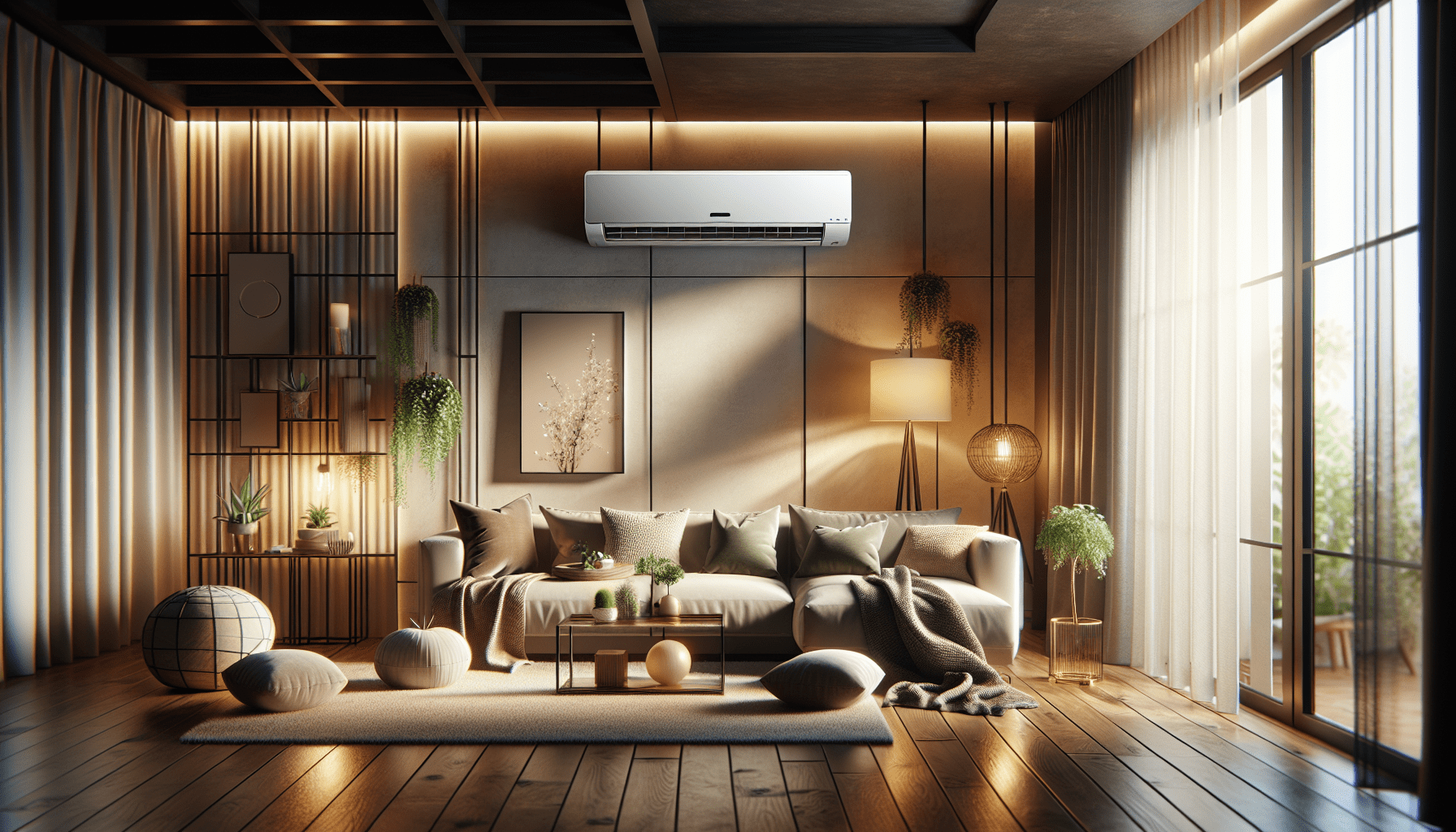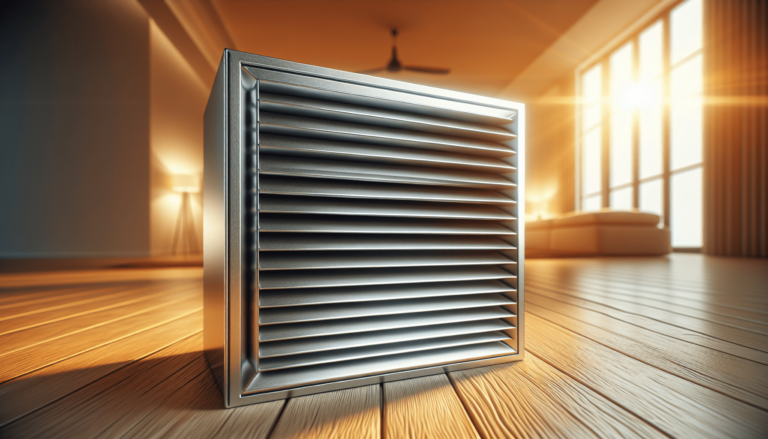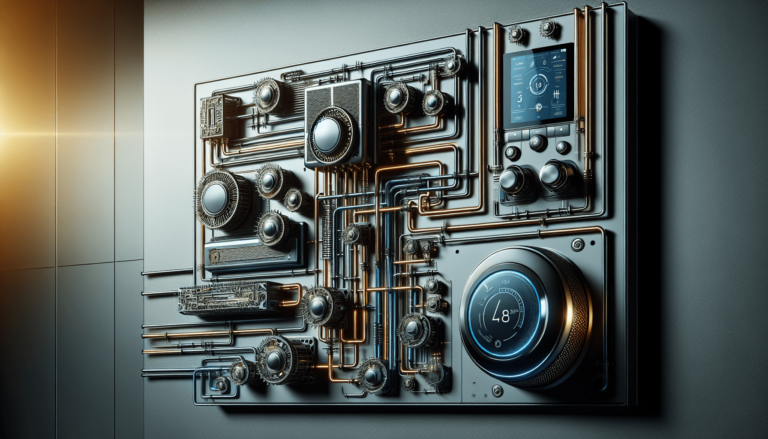

HVAC Services
Get Professional Repairs From The Area's Trusted HVAC Technicians. Ask About Our Services! We Offer Professional Heating & Cooling System Repairs And Guarantee Long-Lasting Results.
Got Question? Call us: (850) 678-2665Financing
Heating Solutions For Homes Without Ducts
Explore efficient ways to heat homes without ducts. Discover options from mini-splits to radiant floors that offer energy savings and comfort tailored to your space.

Is your home or apartment without ducts, and you’ve started to feel the chill as temperatures drop outside? You might think traditional central heating is your only option, but there are numerous efficient heating solutions designed specifically for ductless homes. Let’s explore these options to find what could work best for you.
Understanding Ductless Homes
Before jumping into solutions, let’s first clear up what ductless homes are. Homes without air ducts have traditionally relied on baseboard heaters, radiators, or electric heaters. Ductless systems have become increasingly popular for their efficiency and cost-effectiveness. Whether you live in an older home without the infrastructure for ducts or there’s simply no space to install them, understanding the origin of your heating woes is crucial.
Common Types of Ductless Heating
Without ducts, homeowners must rely on alternative heating options that do not require built-in air channels. Let’s explore some of the most common types:
-
Mini-Split Heat Pumps: These are incredibly popular for homes without ducts. They consist of an outdoor unit and one or more indoor units, connected by a conduit. Mini-splits are energy-efficient and can be adjusted room by room for customized comfort.
-
Radiant Floor Heating: A more luxurious option, this system uses electrical or hydronic heating beneath your floors. It’s silent and creates an even heat distribution.
-
Baseboard Heaters: These heaters are installed along the baseboards of your rooms. They operate silently and efficiently, especially for small homes or single-story residences.
-
Space Heaters: Ideal for smaller areas or supplementary heat, space heaters come in various styles and can be easily moved around as needed.
Benefits of Ductless Heating Solutions
Choosing a ductless heating solution provides numerous advantages. Firstly, they’re typically more energy-efficient. As you heat your home without losing energy through a duct system, you reduce both costs and environmental impact.
Energy Efficiency
Ductless systems, especially mini-splits, allow for zoning, meaning you can heat only the rooms you’re using. This minimizes wasted energy and results in lower utility bills. Groundbreaking inverter technology also allows systems to adjust power use dynamically, saving even more energy.
Versatility
Many ductless solutions, such as mini-splits, offer both heating and cooling functions. This means you only need one system for comfort year-round, cutting down on installation costs and complexity.
Easy Installation
Without the need for ductwork, installation of systems like mini-splits or space heaters is generally straightforward and less invasive. You avoid the hassle of renovating your home to accommodate ducts.

Choosing the Right Heating Solution
Factors influencing your choice include room size, budget, climate, and personal preference. Here’s how different options compare across these factors:
| Heating Solution | Installation Cost | Operating Cost | Maintenance | Ideal for |
|---|---|---|---|---|
| Mini-Split Heat Pumps | Moderate | Low | Low | Mid to large spaces |
| Radiant Floor Heating | High | Low | Low | Whole-home heating |
| Baseboard Heaters | Low | High | Low | Small rooms |
| Space Heaters | Low | Varies | Low | Supplementary heating |
Mini-Split Heat Pumps: A Closer Look
Mini-split heat pumps are versatile and highly efficient. They use heat pump technology, which means they move heat rather than generate it—making them more efficient than conventional heaters.
How They Work
The external unit absorbs heat from the air, even when it’s cold outside, and transfers it indoors. Indoor units disperse the heat to your living spaces. This can all be controlled via remote or a smartphone app for maximum convenience.
Pros and Cons
Pros:
- High efficiency
- Dual functionality (heating and cooling)
- Quiet operation
Cons:
- Initial cost can be high
- Needs a professional to install

Radiant Floor Heating: Cozy Comfort
Radiant floor heating radiates heat upwards from floor-level, creating a uniform temperature in the room and eliminating cold spots.
Electric vs. Hydronic Systems
Electric radiant heating involves electric cables beneath the floor. Hydronic systems use water heated from a central boiler. While hydronic is more expensive to install, it costs less to run in the long term.
Considerations
If you’re upgrading flooring anyway, it might be a good time to add radiant heating. This method provides a luxurious, seamless heat without the need for visible components in your living spaces.
Baseboard Heaters: Simple and Effective
Baseboard heaters are a no-fuss solution for ductless homes. They can be easily installed in individual rooms and controlled separately.
Using Baseboard Heaters Efficiently
For improved efficiency, baseboard heaters should be kept clear of obstructions like furniture and curtains, which can block heat flow. They also pair well with a programmable thermostat, allowing you to regulate temperatures throughout the day.
Cost Considerations
Baseboard heaters have a lower installation cost, but remember, they may result in higher electricity bills if used extensively.
Space Heaters: Flexible and Portable
Space heaters are perfect for supplementary heat. They don’t require installation, making them notably portable. Choose between convectional heaters, which gradually heat air, or radiant heaters, which focus on immediate area warmth.
Safety First
Always follow safety instructions when using space heaters. Avoid using them while sleeping, and ensure they are clear of flammable materials.
Is a Ductless Heating Solution Right for You?
Deciding on the best option requires considering your lifestyle and preferences. For some, the precision of mini-splits is unrivaled. Others may prize the invisibility of radiant floor heating or the straightforward functionality of baseboard heaters.
Pros of Going Ductless
- Efficient energy use with less heat loss
- Versatile options to suit different needs
- Modern features like remote monitoring and control
Cons to Consider
- Some solutions can incur higher upfront costs
- Maintaining different systems can require specialized expertise
Seeking Professional Guidance
An HVAC professional can provide insights tailored to your specific situation. They help assess the layout of your home, local climate, and heating needs to recommend the best solution.
Tempacure Heating and Air Conditioning
For residents in Niceville, FL or nearby areas, Tempacure Heating and Air Conditioning offers customized ductless heating solutions. Located at 325 Cedar Ave S, Suite B, Niceville, FL 32578, you can contact them at (850) 678-2665 or visit their website at Tempacure HVAC for more information.
Final Thoughts
Heating your home without ducts may seem challenging at first, but it opens the door to efficient and innovative solutions tailor-made for comfort and sustainability. Prioritize your needs, research your options, and consult with professionals to find the ideal fit for your ductless heating system. The warmth of your home can be enhanced without conventional ductwork by choosing a modern, efficient system that fits your unique environment and lifestyle.







